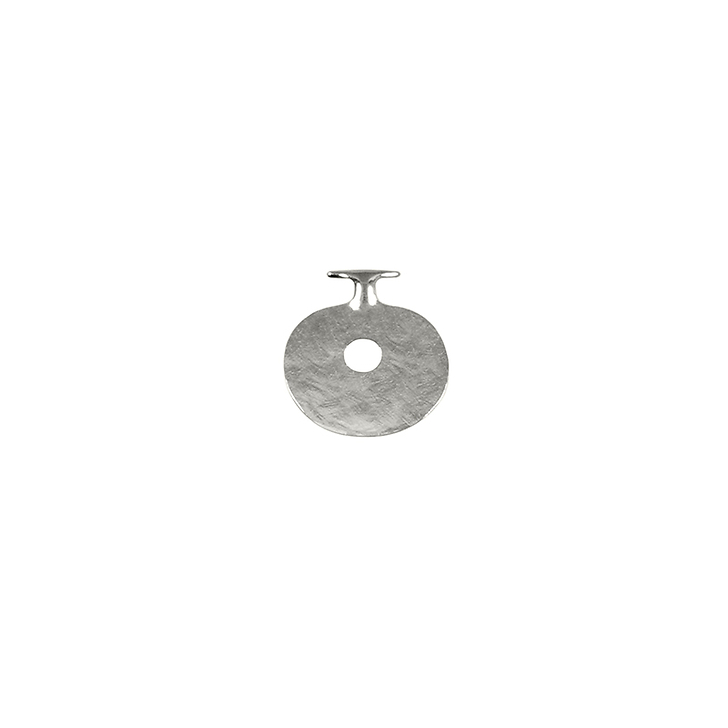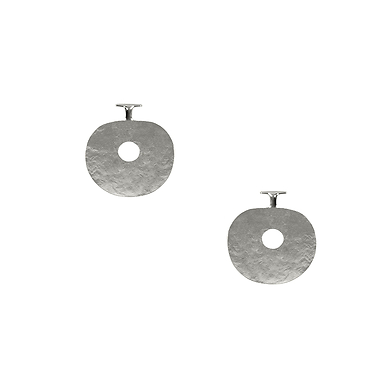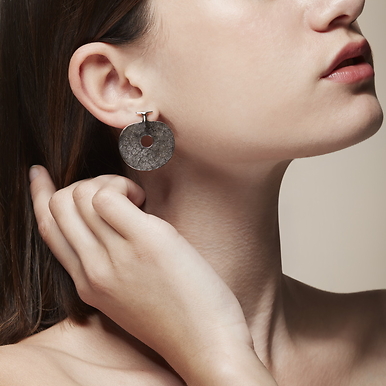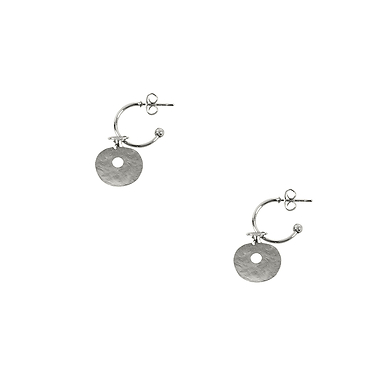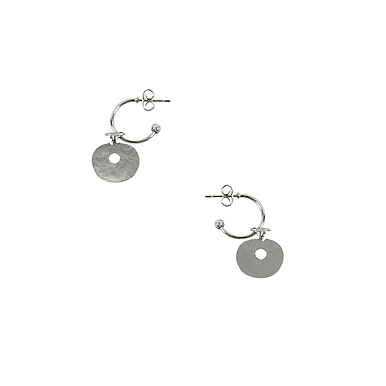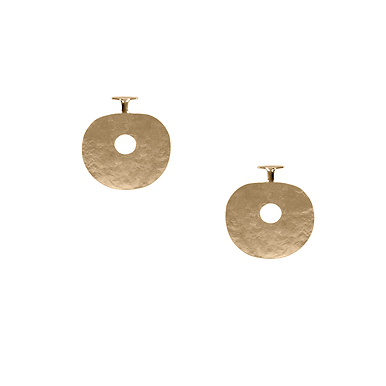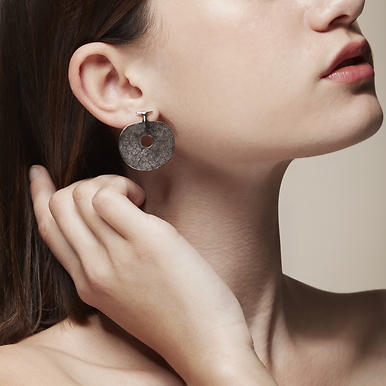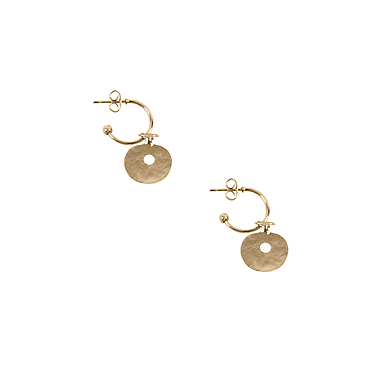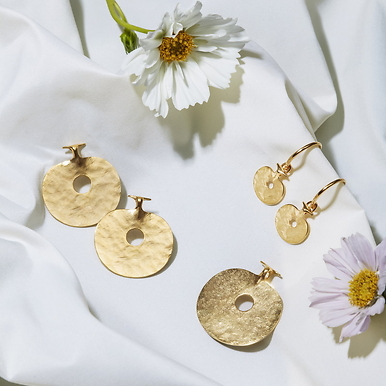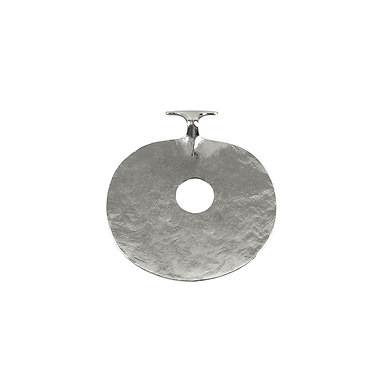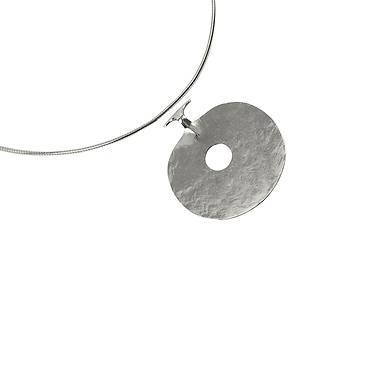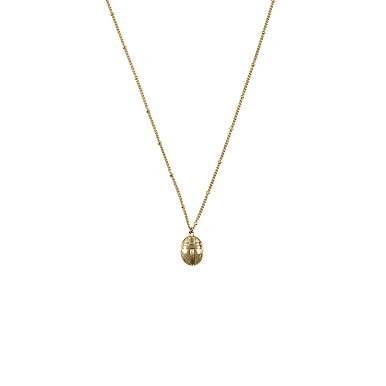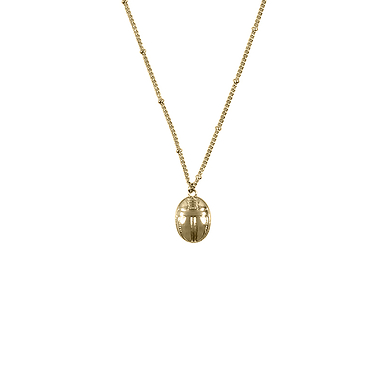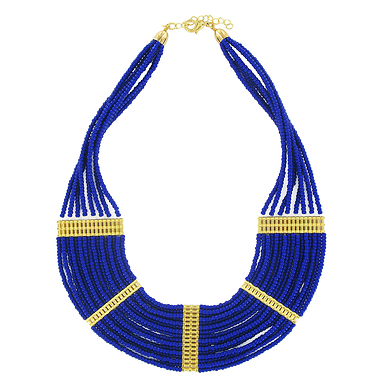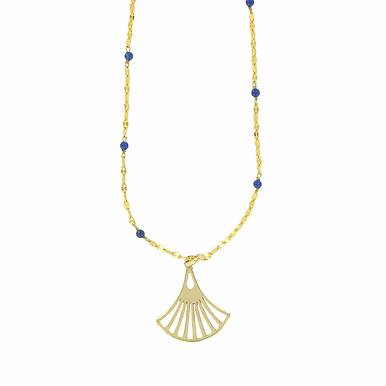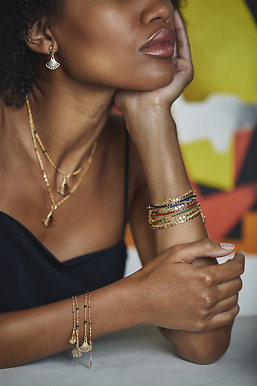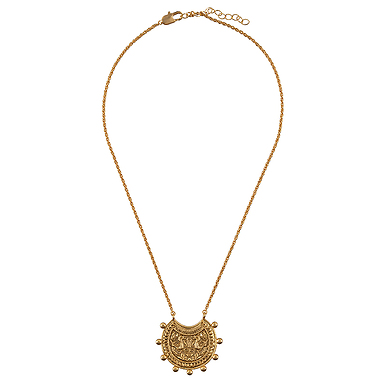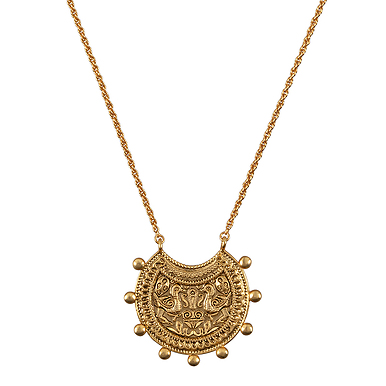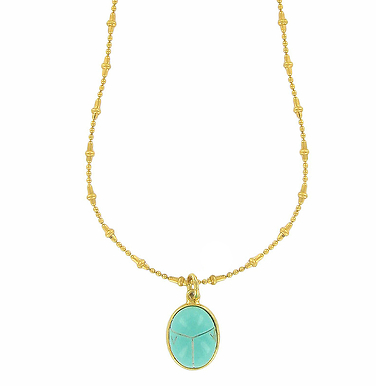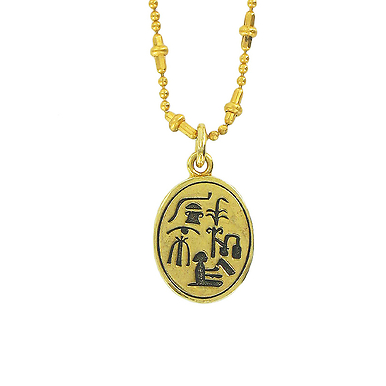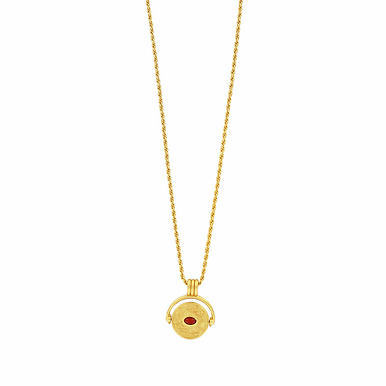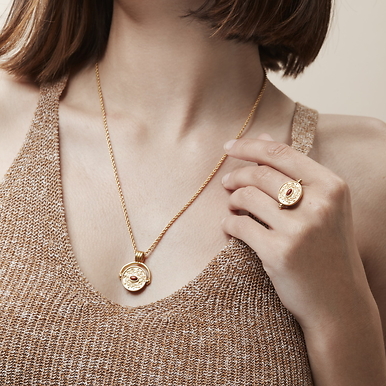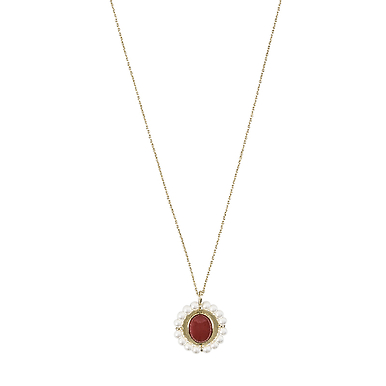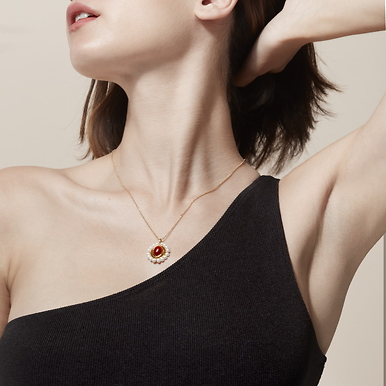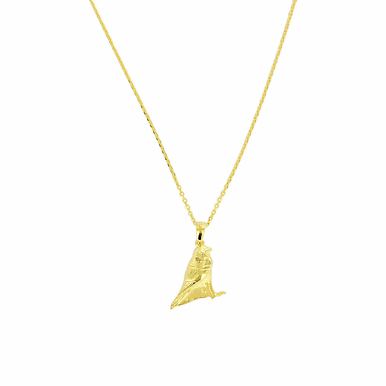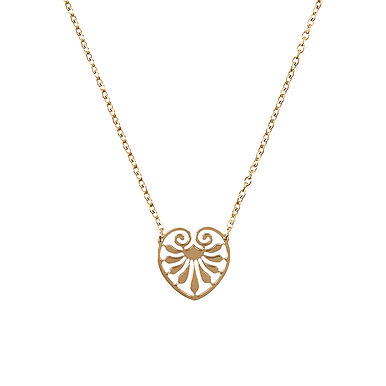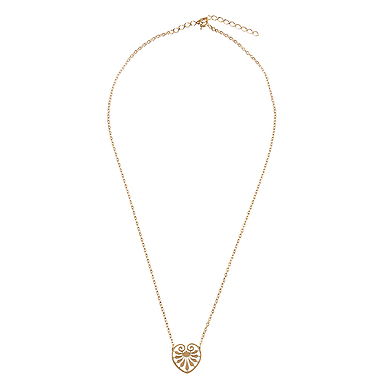Small Pendant Lydian - Silver 925
BP100130
This silver jewel, made in France, is inspired by a circular pendant (Sardis (Turkey), Lydian Kingdom (800-500 BC); Gold) kept in the Louvre Museum.
This pendant of a very pure design must be older than Croesus, whose name still evokes treasures of gold and precious stones. He was one of the most sumptuous...
Read more
This silver jewel, made in France, is inspired by a circular pendant (Sardis (Turkey), Lydian Kingdom (800-500 BC); Gold) kept in the Louvre Museum.
This pendant of a very pure design must be older than Croesus, whose name still evokes treasures of gold and precious stones. He was one of the most sumptuous rulers of Lydia, a very ancient kingdom of Asia Minor, bordered to the north by Mysia, to the west by the Aegean Sea, to the east by Phrygia, and to the south by Caria, which was on the other side of the river Meander.
This jewel was found in a tomb in the region of Sardis, the capital city of Croesus, along with two similar, but much smaller pendants, one of which was had the form of a ring, and the other of a circle with molding. They were probably worn on the chest, as on the island of Cyprus in the 6th century. Their symbolic meaning remains a mystery.
Lydia was independent and prosperous until 548 B.C. In that year, Croesus was defeated by Cyrus the Great and his kingdom became just another province of the Persian Empire.
Keep the jewellery away from dust and moisture. Avoid contact with perfume, chemicals and cosmetics; avoid getting the jewellery wet.
Close
Sold by GrandPalaisRmn

